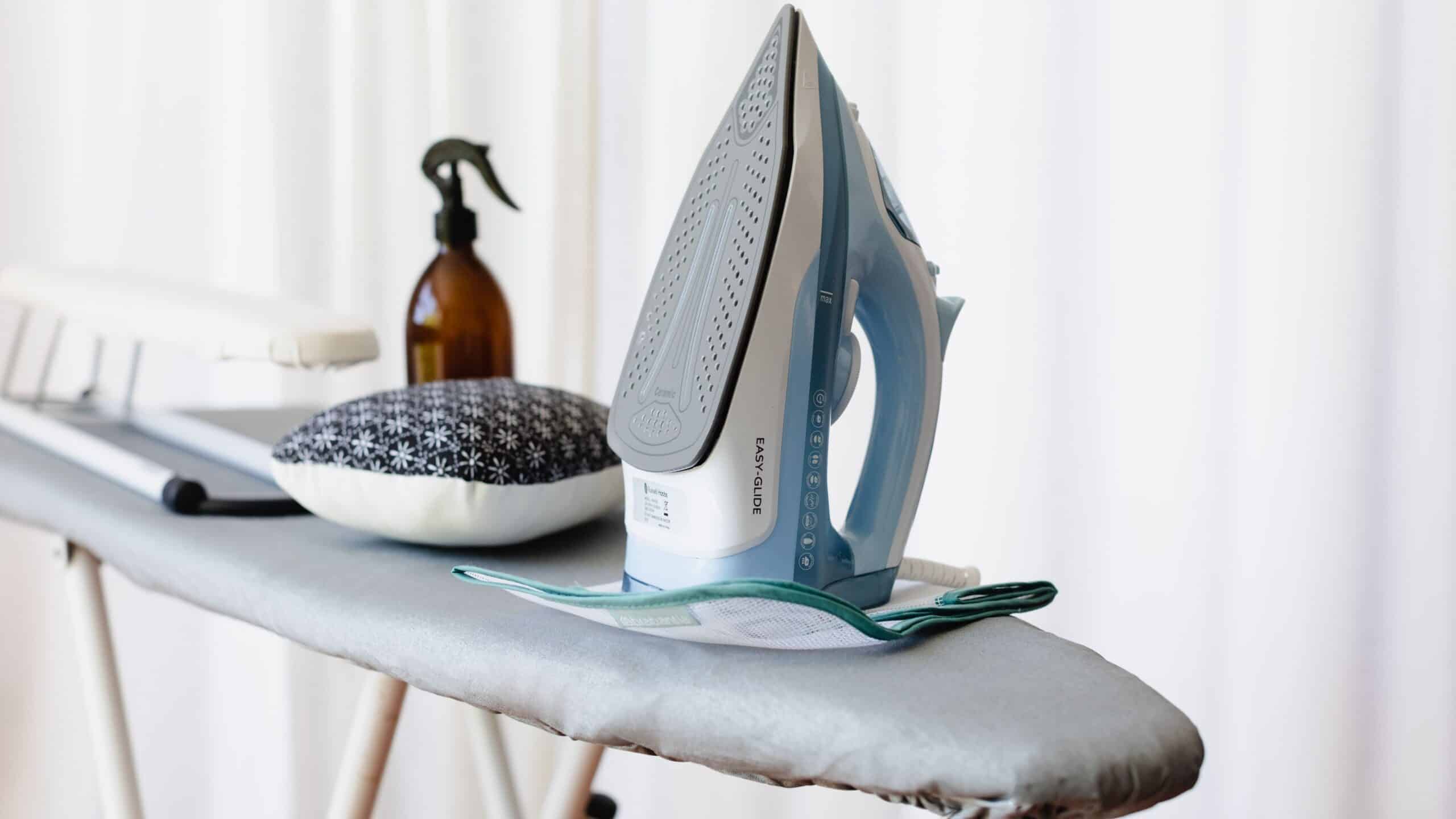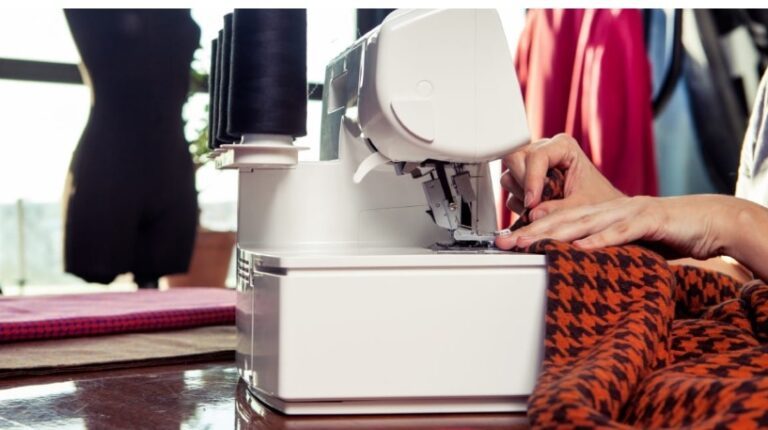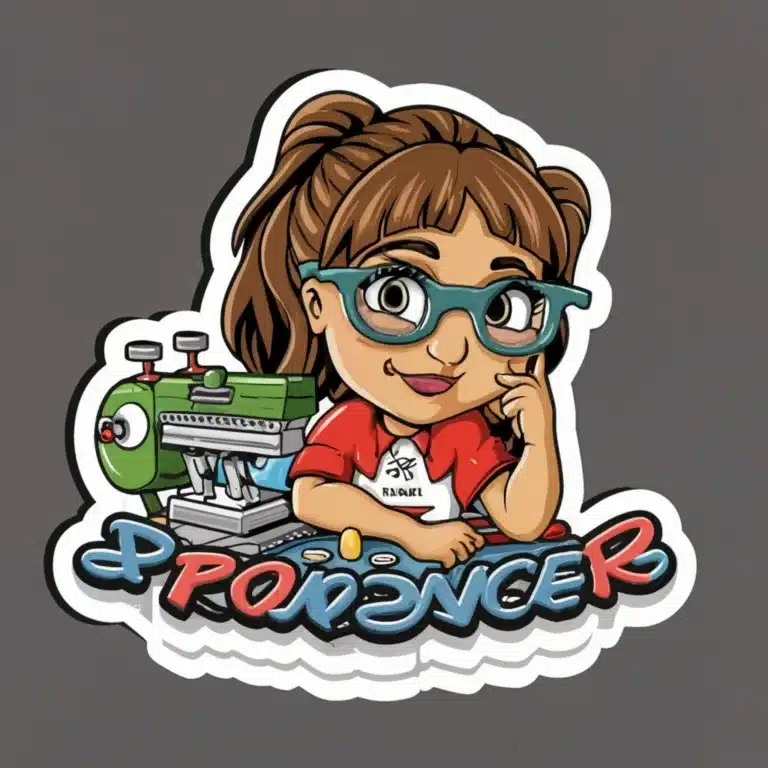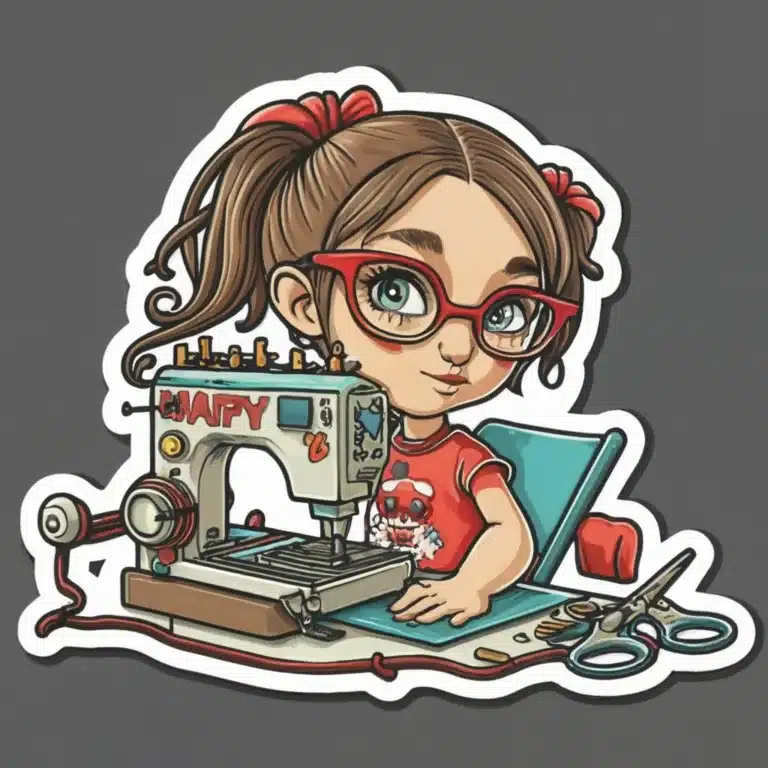If you’re a serious sewer who’s into tailoring and using fusibles for garment shaping,
consider the purchase of a press or a home pressing system to meet your needs. Both
are a “step beyond” the average iron, but they’re worth the investment for quality
results and they save time. Ironing
Ironing Press
An ironing press applies heat, pressure and usually steam to fabric clamped in its jaws.
Presses come with different size surfaces and also with varying amenities, depending
on the brand and price. Uses
Ironing presses are used for pressing fabrics and garments, either during construction or
finished items. They offer a pressing surface about ten to fourteen times the size of a
regular iron soleplate, and a set amount of pressure as the upper ironing plate is
clamped into place against the lower pressing plate.
Ideal for ironing table linens, pillowcases, etc., sewers love presses for their fusing
assistance. Applying fusible interfacings is simple with a press and much quicker than
using a traditional iron.
Presses work well on most types of fabrics, but napped surfaces can be easily crushed
and irreversibly damaged if clamped between the pressing plates.
Size Wise
Not everyone has space for an ironing press. Not only does it take space for the machine itself, but it also takes space around it so the upper plate can open fully.
Find a place deeper than most counters–a dedicated tabletop works best. A full-size
press takes about a three-foot square space.
The pressing surface of presses vary in shape by brand, but most have a narrower
curved end, and a more squared end for easy access to differing ironing tasks.
Some presses have floor stands available so they can be a freestanding unit with
adjustable heights, so you can press while sitting or standing.
Compact ironing presses are available, but consider your pressing needs before opting
for the smaller version.
Steam, Please
Many presses have built-in steam units, but others offer only dry pressing. Some offer a
vaporizing or misting attachment to add moisture to the pressing surface, but more
limited dampness than with a steam unit.
Still others offer an additional burst of steam feature for even more concentrated
moisture while pressing.
Heating Up
All presses offer a variable temperature setting to avoid damaging delicate fabrics.
The reading may be digital or a dial, and labeled with actual degree increments or
listed by fiber types, i.e. nylon, silk, wool, etc.
Presses take a bit of time to reach their designated temperature settings, and so
look for an indicator light to know when that setting has been reached. The light
may go on, or it may go off, depending on
the brand, but a quick look at your instruction manual will provide information
on what to look for.
Time Tactics
Most presses offer an audible timer so you’ll know how long you’re pressing. This feature is especially helpful when fusing interfacings to garment pieces. Most pressing tasks take only a few seconds, but it can take up to 20 seconds of concentrated heat and pressure for
a good fuse.
The press may also have an auto-shut-off so that it quits heating after a designated time to avoid accidents and scorching.
Covering Up
Look for a lower pressing surface cover to help protect the metal plate. The cover may be metallicized to reflect heat or simply cotton, and most are removable for washing and replacement. Usually the press has one lower padded pressing surface and a metal upper plate with the steam holes.
Some presses also come with a cleaner in case you get fusible residue on the metal plate surface—it works just like an iron cleaner.
It’s a good idea to protect both pressing surfaces with non-stick press cloths when you’re doing a lot of fusing.
Accessories
Often a press will come with a few accessories like those mentioned above, but also they sometimes come with a small pressing pad or mitt that can be used to better
press and/or cushion small areas like cuffs, sleeves, pockets and darts.
Look for measuring cups to easily fill the water reservoir, as most are stationary, and perhaps a mister bottle for added moisture.
Storage
If you’re not a frequent press user, most machines can be stored vertically to save space.
Many presses come with a locking feature, which can help keep children from accidents, should they be playing with the press, and also keep the press from opening during storage or transporting. Be sure the pressing plates are locked in place before uprighting
the unit, and unlock before reuse.
Tips
Ironing presses are not a be-all and end-all for pressing everything. They work well on large flat things, like garment sections during construction. It’s hard to press shaped things, though they can overhang the area to prevent distortion. But a press should definitely be used
in conjunction with a regular iron and conventional pressing tools.
Iron carefully—watch for things that are meltable, like trims, zippers, etc.
Don’t press over buttons or other dimensional Fasteners, etc. as they can permanently imprint the fabric or flatten from the pressure.
Home Pressing Systems
If your sewing needs take you beyond a traditional iron, consider a home pressing
system. This combination of a steam generating iron and a special table is great for
serious sewers.
The ironing head on these systems is fed by a water tank, often with a filter, for pure-water steam. In addition to bursts of steam, the ironing head offers constant fine steam and can usually be used both vertically (as a steamer) for hard to access things like curtains and draperies, or used horizontally on the special ironing table it comes with.
The ironing table may be equipped with multi-speed suction to pull steam through a fabric as it’s being pressed. This helps it cool it in its newly shaped position and dry in an instant.
Perfect for those who tailor, the abundant steam is great for fusing interfacings in place, and for pressing and shaping collars, lapels, etc.
Related Posts
Discover relevant articles, tutorials, and tips to improve your skills and explore new techniques.
Stay inspired and connected to our embroidery community.






